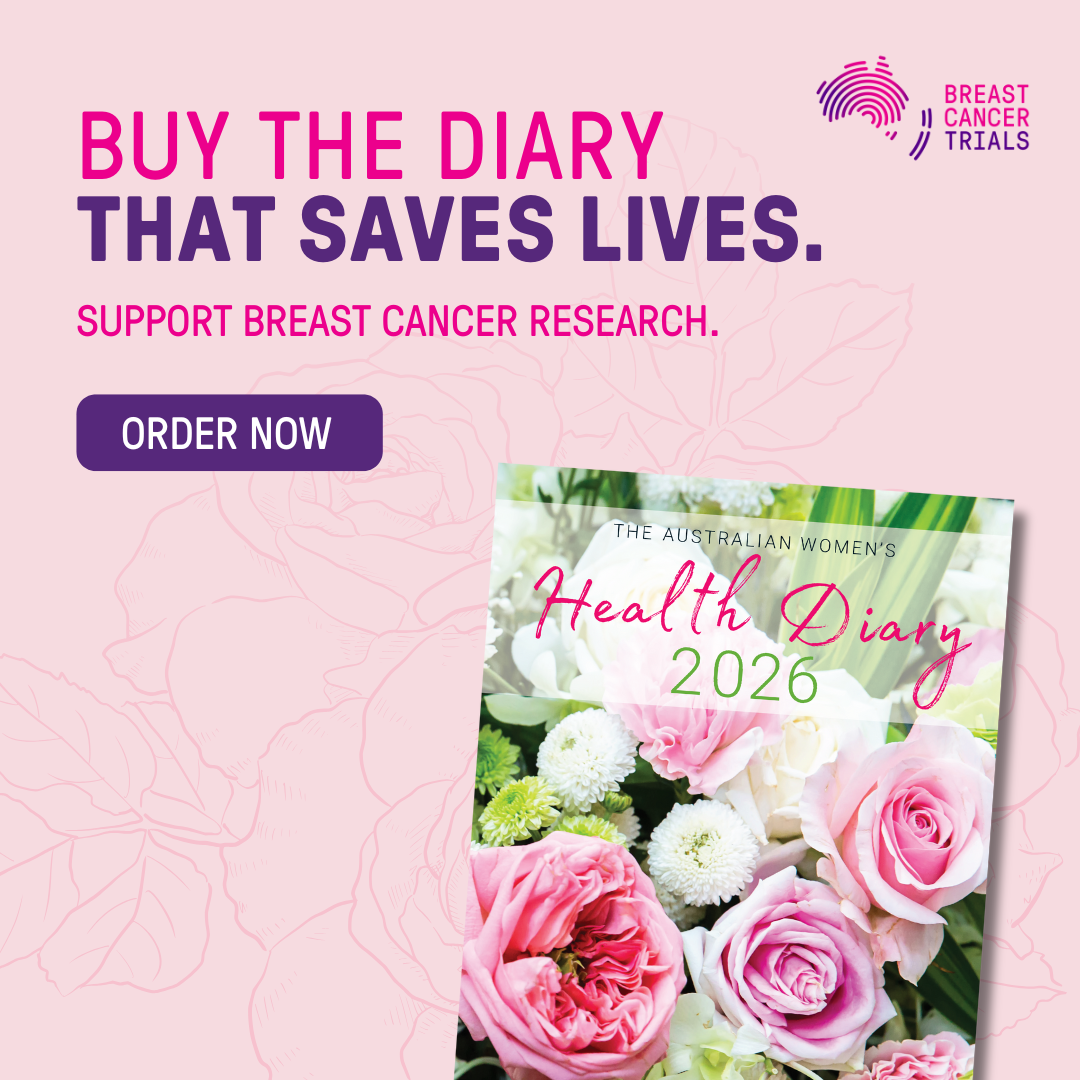Too often, sexual violence from an intimate partner is not taken seriously, writes Gemma Hamilton, Alexandra Ridgway, Anastasia Powell and Georgina Heydon, from RMIT University in this article republished from The Conversation.
Last month, That 70s Show actor Danny Masterson was found guilty of raping two women in the early 2000s. However, the jury could not reach a verdict on a third allegation of rape involving Masterson’s former girlfriend. The case, along with countless others, points to the challenges in understanding and responding to cases of intimate partner sexual violence.
Intimate partner sexual violence refers to sexual harm and/or abuse perpetrated by a current or former partner. It can include rape and sexual assault, as well as a broader range of sexually harmful behaviours.
For example, victim survivors in our recent study included the following in their definitions of intimate partner sexual violence:
- unwanted sexual acts
- sexual harassment
- image-based abuse (such as taking nude or intimate images without consent)
- control of victim survivor’s sexual health and reproductive decision-making.
It was evident in our research that consent became complicated and blurred in conjunction with broader patterns of coercive control. Victim survivors often described reluctantly agreeing to sexual behaviours in order to placate an otherwise violent partner, or as a mechanism for preventing other forms of abuse from occurring or escalating.
Australian statistics estimate that more than a third of sexual assaults occur within the context of family and domestic violence.
Yet, these rates are likely to be an underestimation, as intimate partner sexual violence can be difficult to recognise and disclose. This may, in part, be due to the enduring rape myth that “real rape” only occurs between strangers in a dark alleyway.
Some victim survivors in our study described not knowing how to put their experience into words. They felt they needed a safe and trusted space, and a rapport built with a specialist worker before they could feel comfortable talking about sexual harm.
For others, it was not until months or years later, when they were out of an abusive relationship, that they realised the extent of sexual harm and its ongoing impact on their life and future relationships.
Our study, along with previous research, has found a range of harms caused by intimate partner sexual violence.
These include:
- physical injuries
- mental health impacts (for example, depression, anxiety, Post Traumatic Stress Disorder [PTSD], suicidal ideation)
- physical reactions to trauma (such as eating and sleeping disorders, obsessive compulsiveness)
- relationship difficulties (for example, the loss of social support and reluctance to enter new intimate and sexual relationships).
As one victim survivor in our study explained,
I am four years out now and I’m still not healed from it. I’ve been diagnosed with PTSD […] emotionally, he’s destroyed me.
Responding to intimate partner sexual violence
Research indicates limitations in current service responses to intimate partner sexual violence. For example, sexual assaults involving strangers are much more likely to proceed through the criminal justice system compared to sexual assaults perpetrated by acquaintances and intimate partners.
When it comes to support systems, our report highlights several areas in need of improvement. Firstly, Victorian victim survivors and stakeholders explained that family violence systems are often designed to focus on the immediate and short-term needs of victim survivors, such as housing. While this is extremely important, it often means that long-term needs, such as therapeutic support for sexual harm, are not met.
Second, many people who work in the sector described current gaps in their knowledge and confidence in responding to intimate partner sexual violence, highlighting a need for further training. Specialist sexual assault counsellors were frequently perceived as the gold standard for responding to sexual harm, yet it was repeatedly made clear they were often stretched to capacity.
Most participants agreed that further training for other frontline workers (such as health workers, family violence workers, police, justice, and legal workers) could help bridge the gap until victim survivors received specialised support. Therefore, cross-sector training was considered important, while upholding the importance of specialised sexual assault work.
Trauma-informed practice was consistently recommended. This included believing victim survivors, allowing time to listen to their story in full, and not judging or labelling their experiences.
Stakeholders also recommended broaching the topic of sexual harm gently and conversationally, with carefully chosen language. This would mean, for example, replacing terms such as rape, sexual assault and coercive control with simpler, softer language that actually explains the nature of harm more clearly.
Finally, our report indicates that resources are urgently needed to reduce waitlists and increase the capacity for specialist sexual violence counselling services for victim survivors of intimate partner sexual violence.
As one of our victim survivor participants said:
It took me time to open up […] So that I could completely heal from within. It’s their [the counsellor’s] support, that has helped me to change the trajectory of my life.
If this article has raised issues for you, or if you’re concerned about someone you know, call 1800RESPECT on 1800 737 732. In immediate danger, call 000.
Gemma Hamilton, Senior Lecturer, RMIT University; Alexandra Ridgway, Postdoctoral Fellow, RMIT University; Anastasia Powell, Professor, Family & Sexual Violence, RMIT University, and Georgina Heydon, Professor in Criminology and Justice Studies, RMIT University
This article is republished from The Conversation under a Creative Commons license. Read the original article.


